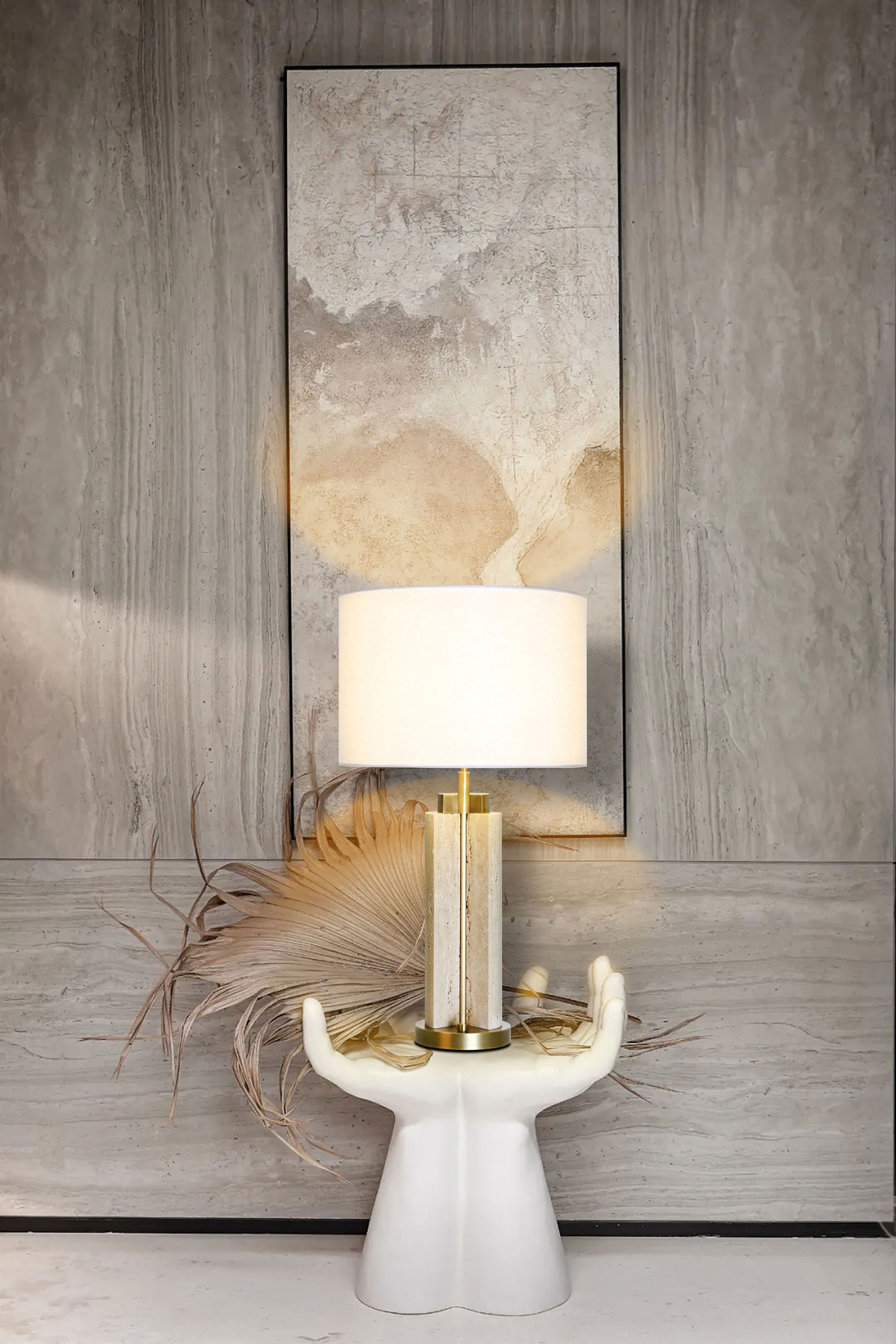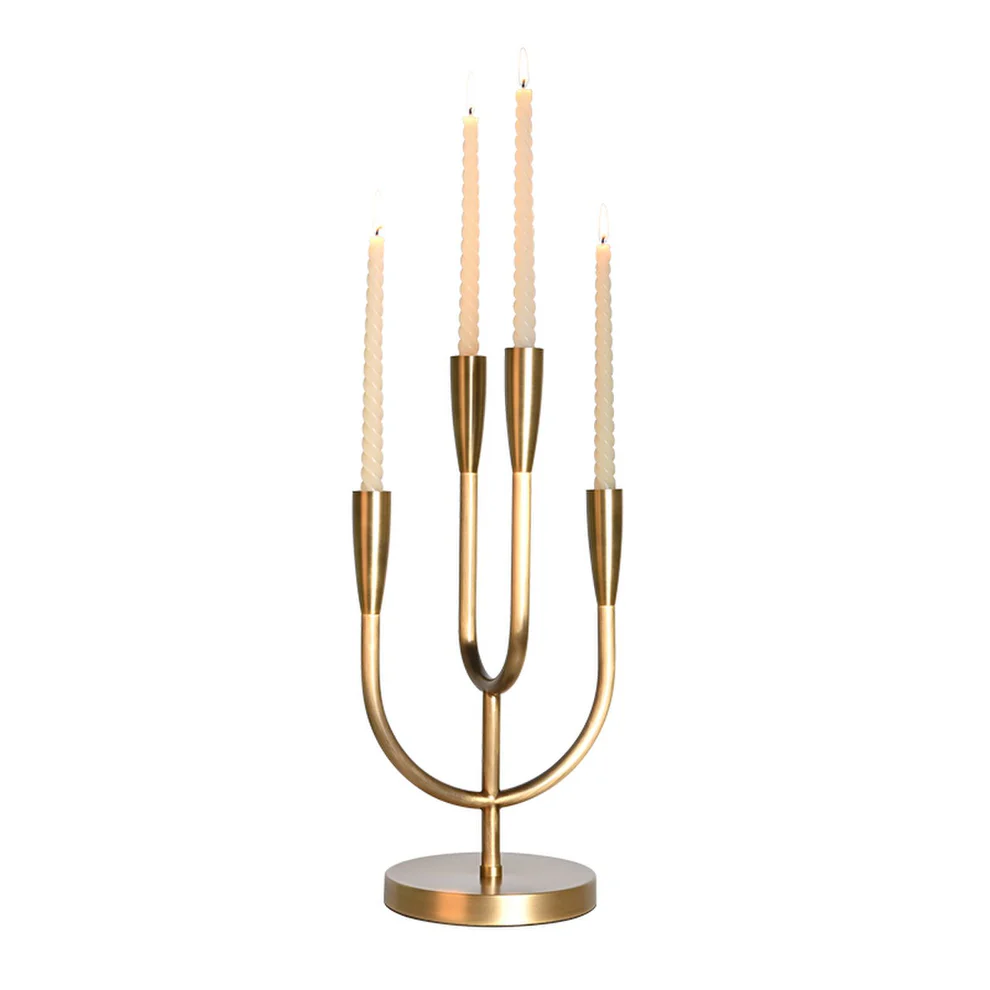Comprehensive Guide to Ceiling Light Fixtures: Choosing the Perfect Illumination for Your Space
Comprehensive Guide to Ceiling Light Fixtures: Choosing the Perfect Illumination for Your Space
Understanding Ceiling Light Fixtures
Ceiling Light fixtures play a crucial role in the ambiance of a room. Whether you are renovating your home or simply looking to upgrade your lighting, there are numerous factors to consider. This article delves into the various types of Ceiling Light fixtures available on the market, their benefits, and tips for selecting the ideal lighting solution to enhance your living space.
Types of Ceiling Light Fixtures
Ceiling Light fixtures come in various styles and designs, each offering unique benefits. Here are some of the most popular types:
| Type | Description |
| Flush Mount | These fixtures are mounted directly against the ceiling and provide a clean, modern look. They are ideal for low-ceiling areas. |
| chandeliers | chandeliers make a statement with intricate designs and multiple arms. They are perfect for dining areas or foyers. |
| Pendant Lights | Pendant lights hang from the ceiling and can be used individually or in groups. They are versatile and suitable for various spaces. |
| Recessed Lighting | This type is installed within a ceiling cavity, providing a sleek and unobtrusive look while still offering effective illumination. |
| Track Lighting | Track lighting consists of several fixtures mounted on a track. This allows for adjustable positioning and focused lighting on specific areas. |
| Semi-Flush Mount | These fixtures hang slightly below the ceiling but not as low as chandeliers, providing a stylish solution that works well in various settings. |
Benefits of Installing Ceiling Light Fixtures
Investing in quality Ceiling Light fixtures comes with numerous advantages:
- Improved Aesthetics: A well-chosen fixture can enhance the decor of a room, acting as a focal point that adds character.
- Functional Lighting: The right Ceiling Light can provide sufficient illumination, enhancing visibility and safety in your space.
- Energy Efficiency: Many modern fixtures are designed to accommodate LED bulbs, which consume less energy and have longer lifespans.
- Versatility: Ceiling Light fixtures are available in various designs, sizes, and styles, making it easy to find the right fit for any room.
Selecting the Right Ceiling Light Fixture Tips
When choosing the perfect Ceiling Light fixture, consider the following factors:
1. Room Size and Ceiling Height
The size of your room and its ceiling height will greatly influence the type of fixture you should select. For smaller rooms, flush mount or semi-flush fixtures work best, while larger spaces can accommodate larger chandeliers or pendant lights.
2. Style and Decor
Your Ceiling Light fixture should complement the existing decor. Whether your style is modern, traditional, or eclectic, there are fixtures available to match.
3. Purpose of the Room
Different rooms may require different lighting solutions. For example, ambient lighting is ideal for living rooms, while task lighting is crucial in kitchens and workspaces.
4. Bulb Type and Brightness
Consider the type of bulbs compatible with your chosen fixture. LED bulbs are energy-efficient and available in various brightness levels, which can significantly impact the ambiance of the room.
5. Maintenance and Cleaning
Choose fixtures that are easy to clean, especially in areas with high dust accumulation, such as kitchens and bathrooms.
Popular Ceiling Light Fixture Trends
Staying updated with current trends can help you choose fixtures that not only serve a functional purpose but also align with modern Aesthetics:
- Smart Lighting: Many Ceiling Light fixtures are now compatible with smart home systems, allowing for remote control and customization.
- Mixed Materials: Combining metals, glass, and wood creates unique fixtures that can enhance a room's design.
- Sustainable Designs: Environmentally-friendly fixtures made from recycled materials are gaining popularity amongst eco-conscious consumers.
- Minimalist Styles: Simple, clean designs accentuate the space without overwhelming it, making them particularly popular in modern homes.
Frequently Asked Questions About Ceiling Light Fixtures
What is the best type of Ceiling Light for low ceilings?
Flush mount fixtures are an excellent choice for low ceilings as they do not protrude too far from the ceiling, providing ample lighting without consuming valuable vertical space.
How do I install a Ceiling Light fixture?
Installing a Ceiling Light fixture typically involves turning off the power, removing the old fixture (if applicable), connecting the correct wires from the ceiling to the new fixture, and securing it in place. It's advisable to hire a professional electrician if you're unsure about the process.
Can I use LED bulbs in my Ceiling Light fixture?
Most Ceiling Light fixtures are compatible with LED bulbs. Check the fixture's specifications to ensure LED compatibility for optimal energy efficiency.
How do I choose the right size chandelier for my dining room?
A general rule of thumb is to add the room's length and width in feet; the sum will equal the diameter of the chandelier in inches. For example, a room measuring 12 feet by 16 feet would ideally have a chandelier of about 28 inches in diameter.
Conclusion and Final Thoughts
Choosing the right Ceiling Light fixture is essential for both functional lighting and enhancing the aesthetic appeal of your space. By considering the various styles, benefits, and tips provided in this guide, you can confidently select a fixture that meets your unique needs and preferences. Remember to assess your room's size, ceiling height, decor, and overall purpose to make the best choice. As you embark on this illuminating journey, be mindful of evolving trends that might inspire your selection.

